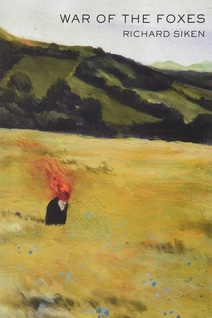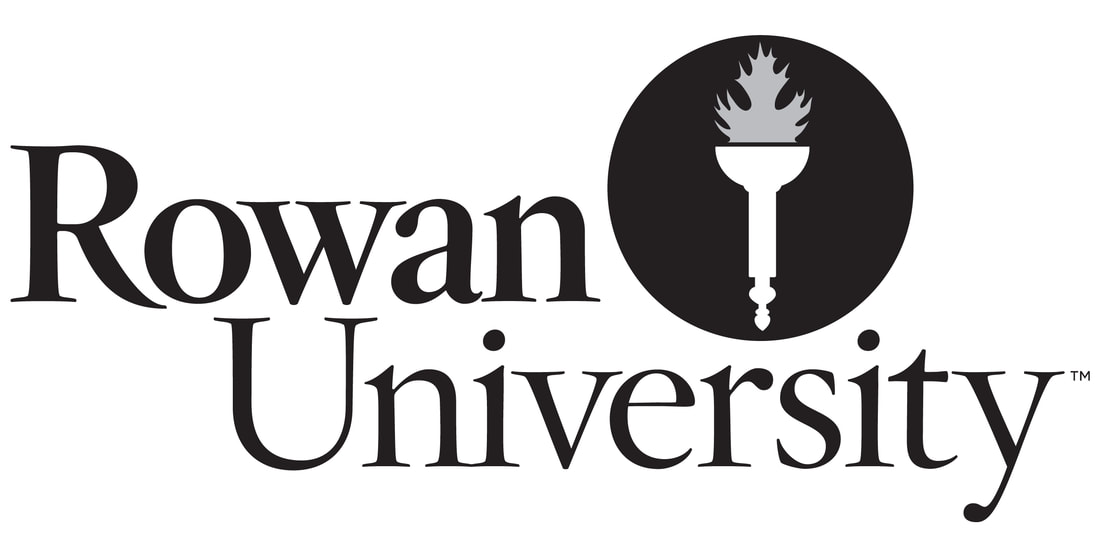War of the Foxes (2015) is the long awaited follow-up to Richard Siken’s Crush (2005), published ten years ago, which won the Yale Younger Poet’s prize. It is a brilliant work full of questions and unearthing, looking both inward and around, projecting his battles through art, poetry, and the characters within them. Most of Siken’s poems seem to be self-reflecting, riddled with abstractions and rhetorical questions. He yearns to untie “the knot of the self,” as quoted from his poem, “Glue,” looking at his own writing, his own art, his own life and mentality. It is soul searching in its finest display of craft. Profound attempts to answer profound questions. Siken could be questioning his own existence and his own method of life. “Why live a life? Well, why are you asking?” The very process of writing seems to be the answer to his questions. In this process, Siken creates several repeating characters in War of the Foxes: the birds, the fisherman and his son, the ghost, worms, and others which come as an aid to answer to Siken’s questions, or possibly representations of the questions themselves. Many of the characters in his poems are animals. They take new forms with each poem, possibly related to his art or his emotion behind the art, but carry on a sort of loose narrative through the book. The poems seem to collide and adhere to each other, all the while giving a bigger meaning to each other and the work as a whole. The repetition makes the poems seem more cohesive. Still, much of the poems focus on these characters, especially the birds.
At first, the birds are described as something beautiful, something worthy of being painted and treasured. But Siken asks, “Why paint a bird? Why do anything at all?” These once beautiful birds are now questionably meaningless. Later he writes, “Close the blinds and kill the birds” in his poem “Self-Portrait against Red Wallpaper.” Where the birds once represented beauty and freedom, that freedom is surrendered and the birds find their lethal end. While some characters come in the form of animals and could represent nature, life, beauty, etc., others, like the ghost, come as a representation of mortality or pain. Siken asks, “What is a ghost? Something dead that seems to be alive. Something dead that doesn’t know it’s dead.” The ghosts continue to haunt his poems along with the weight of death and internal reflection. The repetition of characters and the ideas they stand for makes them familiar by the end, an ongoing concept for Siken and the reader. The worms appear frequently, and Siken writes, “The birds eat worms.” He uses the images of his characters to show a battle between good and evil, beauty and pain, happiness and sadness. The characters could be literal, or they could be extensions of Siken’s thoughts, the worms buried in his mind, the birds flying amongst his brain. Siken often describes these characters as works of art, in addition to being works of poetry. His interest in art and the concept of paint are woven throughout the entire book, often emerging as a sort of additional character: an inanimate object that’s personified and repeated to become a prominent figure. Many poems show imagery of creating and destroying with paint. The first poem, titled “The Way the Light Reflects” enters with “The paint doesn’t move the way the light reflects, / so what’s there to be faithful to? I am faithful / to you, darling. I say it to the paint.” Siken remains faithful to the paint throughout the book, returning to the concepts of art and creation and making references to several artists. The paint is the blood of War of the Foxes, pumping into every poem, giving life to the characters within, and becoming a character in itself. War of the Foxes is meaningful and inquisitive. Siken digs to uncover more about himself by uncovering his art, the questions he has, and the characters in his mind. He writes of art, life, death, war, and love. In Siken’s writing, art and poetry become one. The characters he creates, whether it be in art or in poetry, become almost like friends in the end; familiar faces from which to build from. He paints words and creates images to discover the meaning behind his art, behind war and love. “What does all this love amount to? Putting down the brush for the last time—“
0 Comments
Leave a Reply. |
Archives
April 2024
Categories
All
|
|
Glassworks is a publication of Rowan University's Master of Arts in Writing 260 Victoria Street • Glassboro, New Jersey 08028 glassworksmagazine@rowan.edu |
All Content on this Site (c) 2024 Glassworks
|


 RSS Feed
RSS Feed
